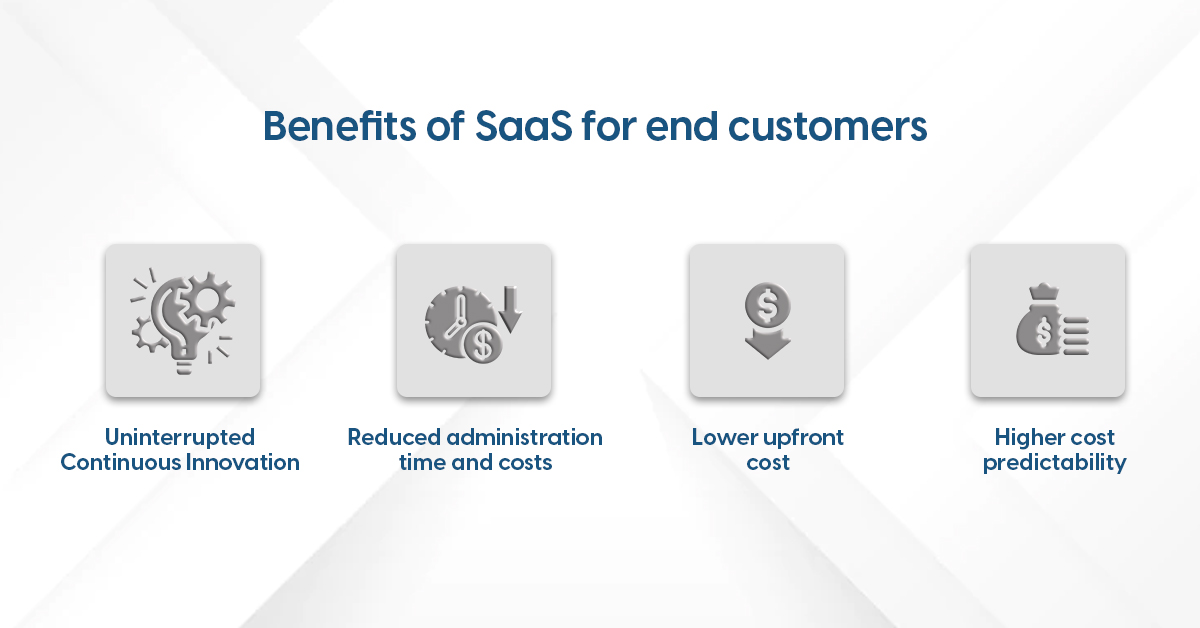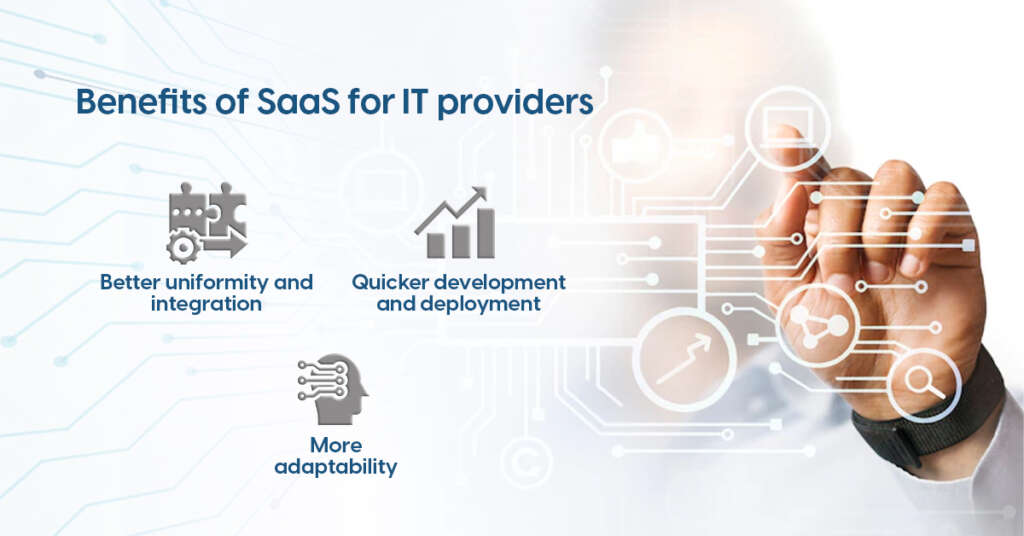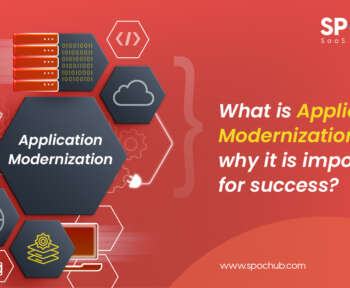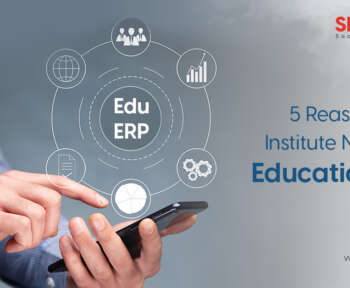As one of the most popular buzzwords in recent years, it seems appropriate to define “SaaS” briefly. “Software as a Service” is referred to as “SaaS.” On one hand, it is a software distribution technique in which software is accessed online (sometimes directly via a natural web interface) rather than being installed on computers or accessed via VPN from a company’s internal network. However, it is a contractual arrangement. Simply put, instead of acquiring a license, users subscribe to the product. You can think of it as a Netflix subscription rather than purchasing a DVD – or rather, all DVDs of Netflix movies. As of 2021, approximately 110 SaaS solutions are used by businesses. But what are the benefits of SaaS?
Moving to SaaS can benefit both the software vendors and the end customers if done correctly. Here are the reasons you should “go SaaS” as independent service vendors and customers for your company’s continuous innovation and agility.
Benefits of SaaS for end customers

Uninterrupted Continuous Innovation
Customers have quick access to product improvements in the cloud, which eliminates the inconvenience of upgrading and updating in the past. Instead of 1-3 releases each year, innovation cycles are frequently lowered to bi-weekly releases.
Reduced administration costs and time
Customers of SaaS providers often do not need to worry about infrastructure and management as it is taken care of by the SaaS companies, so they can focus on their primary businesses. They control the security with devoted personnel. In a data-driven world, the cloud provides limitless scalability. In addition, disaster recovery plays a crucial role in improving the reliability.
Lower direct cost
Reduced upfront expenditures and, as a result, a lower commitment is necessary to become a customer without the first license charge. While there is a clear benefit of SaaS, introducing new software requires a considerable investment of time and money, and no organization invests in Enterprise Software introduction, training, and integration to churn after a few years. However, as the world moves quicker and decision times become shorter, the barrier to transitioning to a subscription model is lowering.
Higher cost predictability
Unlike conventional forever licensed software, where major upgrades must be paid separately (users are only entitled to bug patches and minor updates), SaaS provides all updates and upgrades in one single subscription charge.
Benefits of SaaS for Software Vendors (ISVs)

Better uniformity and integration
There aren’t hundreds of systems running on dozens of different operating systems in the cloud. Instead, increasing hardware and software standardization leads to fewer issues. Furthermore, because of defined interfaces, integration with other software is significantly easier.
Quicker development and deployment that promotes customer satisfaction
SaaS providers can quickly determine pain points and handle them by understanding how the product is used, making upgradation in the user interface to include new features. Efficiency is a key advantage of SaaS, and clients can have additional features without the need for lengthy deployment.
More adaptability
SaaS employs considerably more adaptable technology stacks, allowing for speedier innovation. This frees up time to focus on additional value-added development for consumers rather than testing and problem fixes.
Win-Win Situation
A company that provides all of the SaaS benefits to its clients creates a win-win situation that is difficult to rival. This transformation, however, is more than a change in income or deployment strategy; it is also a change in how the business must be conducted across the enterprise. All the functions in the organization need to
- Product development/engineering: Embrace continual customer-oriented development rather than big product upgrades
- Product management: Simplify the product while keeping the user in mind.
- Customer success: Companies should take proactive approach rather than reactive to ensure customer success based on actual data.
- Sales: Sales team should focus on building long-term relationships.
- Professional services: Provide a quick turnaround time on value.
- Finance: Instead of focusing solely on billings or revenue, focus on new customer-centric KPIs (churn, satisfaction, and usage).
To Summarize
SaaS providers continuously strive to be easier to do business with, provide faster time-to-value, and act as more customer-centric partners. To fulfil that promise, SPOCHUB brings you the best business solutions for all types of industries of any size.




